Wine
Wine is a product obtained from total or partial alcoholic fermentation of fresh grapes (whether or not crushed) or their must. Its alcoholic content must exceed 8.5%.
Still Wine
Still wine is all the wine that does not contain gas, unlike sparkling and carbonated wines (such as a few ‘Vinho Verde’ wines) that contain carbon dioxide bubbles. They are usually red or white, but a rosé version also exists.
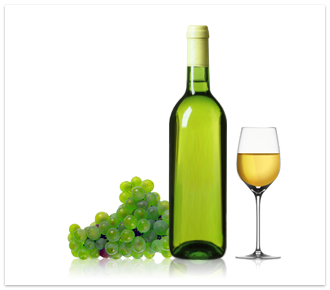
White Whine
Still white wines are made from the fermentation of skinless grapes. There are also some white wines produced through skin maceration, the process of soaking the skins of grapes in their grape juice prior to fermentation in order to increase the aromatic concentration. Curiously, the grape varieties used don’t need to be only white: there are white wines that use red grape varieties. These wines look clear and are either of a very light yellow colour or a bit darker, resembling that of hay. They are fairly gentle and aromatic (the predominant aromas being those of flowers and fruits).
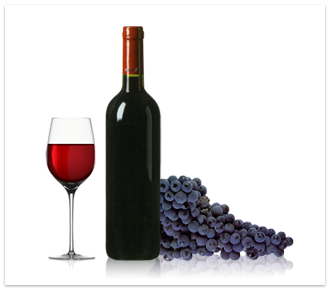
Red Wine
Light red wines are produced from the fermentation of red grapes. The gamut of colours in red wine spans from ruby red to a darker red. Young red wines are gentle, fairly aromatic and generally have a delicate taste. Older red wines have a very intense aroma and present a smooth texture in the mouth (they are said to be velvety) and a high alcohol level.
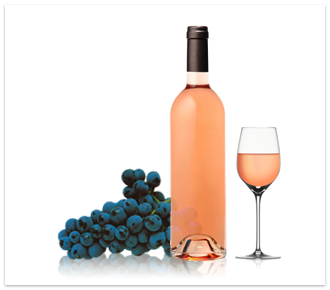
Rosé Wine
Rosé wines are produced from red grape varieties, using a special fermentation process. The grape skins are removed from the grape juice after a very short period of time, just long enough to transfer some of their colour to the wine. This is followed by a process of fermentation similar to that of the white wine (skinless fermentation). In Portugal is it permitted to create rosé from a mixture of white and red wines. Rosé wines can acquire different colours from a pale pink to a light red. Their flavour is a result of the equilibrium between the characteristics of white wine (its lightness and softness) and red wine (where fruity aromas prevail).
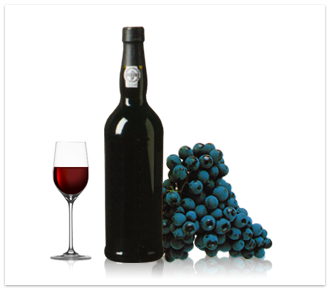
Fortified Wine
Fortified wines are a result of the addition of alcohol (pure alcohol or brandy) to the wine during the fermentation process in order to suspend the transformation of sugars into alcohol. In this way, the wine becomes simultaneously sweeter and more alcoholic than any other table wine. In Portugal, the production of fortified wines encompasses Port wine, Madeira and Moscatel.
In Port wine there is a huge variety of colours as it is produced from red and white grape varieties. The colours of reds can vary from dark to light read and the whites can vary from pale to golden. It’s curious to note that as the white wine ages, its colour begins to approach amber. On the other hand, the red wine begins to lose colour intensity and can at times even resemble a very old white Port wine. In terms of sweetness, Port wines can be classified as very sweet, sweet, dry and extra-dry (depending on the time at which its fermentation is interrupted). Depending on the ageing process, they can be vintage (if they are from a single year of recognised quality and bottled between 24 and 36 months after the grape harvest), tawny (ages in casks, through a process of oxidation) or ruby (young wines with little or no oxidation).
Madeira wine varies in sweetness and alcohol content according to the grape varieties used in its production. Wines made from Sercial grapes are dry, perfumed and light in colour. Verdelho grapes give rise to an off-dry wine, delicate and golden, whilst wines made from Boal grapes are of a dark gold colour and a gentler texture. Malvasia grapes originate the sweet version of Madeira wines: a wine with an intense aroma and a brownish red colour.
The most famous Moscatel wine is produced in the Setúbal region, obtained from Moscatel and Moscatel Roxo grapes. Moscatel wine has a golden colour and the dominant aromas are those of flowers and fruits (oranges and dates). In Douro, particularly in the Favaios and Alijó regions, Moscatel is produced from the Moscatel Galego grape.
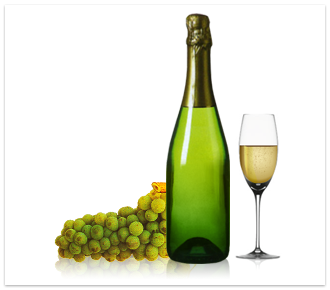
Sparkling Wines
Sparkling wines can be distinguished by the presence of carbon dioxide bubbles, resulting from a secondary fermentation. Normally sparkling wines go through their final fermentation phase in bottles (classic or champagne method). There is also a continuous method where the fermentation takes place through the passing of the wine from tank to tank (where the wine ferments and ages) and the charmat method, where fermentation occurs in a closed vat. Portugal produces white, red and rosé sparkling wines.


 Types of wine
Types of wine





